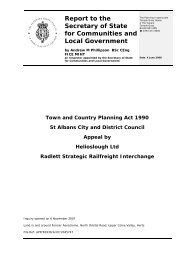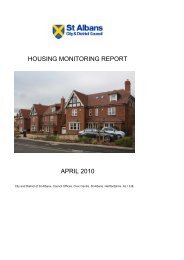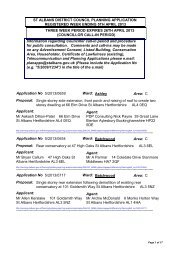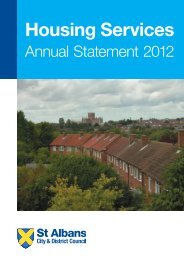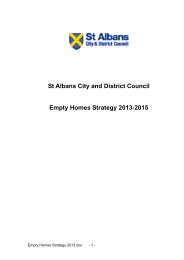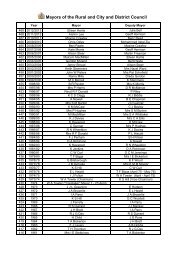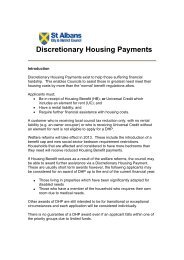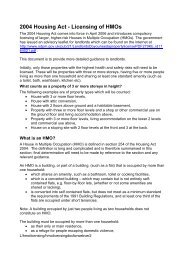RSS East Of England Plan - Broads Authority
RSS East Of England Plan - Broads Authority
RSS East Of England Plan - Broads Authority
You also want an ePaper? Increase the reach of your titles
YUMPU automatically turns print PDFs into web optimized ePapers that Google loves.
<strong>East</strong> of <strong>England</strong> <strong>Plan</strong> 69<br />
including inland from the Wash. PPS25, Development and Flood Risk and its Practice Guide provide planning policy and<br />
guidance on flood risk management and sets out the sequential approach and the tests that must be applied.<br />
10.13 The extensive area vulnerable to flooding combined with existing development patterns mean that about 140,000<br />
properties are within areas protected by existing flood defences. Where defences are to be maintained, particularly in<br />
coastal towns proposed for growth and regeneration, new development may be acceptable, particularly on previously<br />
developed land. However, mainly as a result of climate change the region’s vulnerability to flooding is increasing and in<br />
parts of the region a policy of managed realignment may be both needed and beneficial to the management of flood risk<br />
by enabling development to be safeguarded and new habitats, such as saltmarsh, created. Where some flood risk is<br />
unavoidable it must be considered at all stages of the planning process, to minimise potential damage to property and<br />
loss of life, whilst avoiding harm to sites of European or international importance for wildlife.<br />
10.14 PPS25 sets out the principles which local planning authorities should apply in relation to flood risk for inclusion in Local<br />
Development Documents. The Environment Agency has provided information on flood risk to all local planning<br />
authorities. Figure 10 is the Agency’s flood zone map. Strategic Flood Risk Assessments should be carried out to refine<br />
information on areas that may flood from river or sea flooding and other sources of flooding, such as groundwater and<br />
sewers, and assess local flood risk. Strategic Flood Risk Assessments should take into account the impacts of climate<br />
change. They provide the basis from which to apply the sequential test and exception test in allocating areas for<br />
development, and for preparing policies for flood risk management and sustainable urban drainage.<br />
10.15 The Environment Agency’s Catchment Flood Management <strong>Plan</strong>s will improve understanding of the factors influencing<br />
flood and flood risks at the catchment scale. They aim to identify the most sustainable approach to flood risk<br />
management by setting long term policies for areas within a catchment. They provide a similar level of guidance to<br />
Shoreline Management <strong>Plan</strong>s in relation to coastal flood risk, see para 3.44.<br />
10.16 Particular considerations apply in the Thames Estuary because of the flood defence measures to protect London. A<br />
similar approach to addressing flood risk, i.e. strategic flood risk assessment, will be required taking into account the<br />
long-term flood defence strategies for the Thames Estuary and London.<br />
10.17 In preparing guidance about sustainable drainage systems local authorities should address the adoption of such systems<br />
by the relevant body and long-term liability issues.



